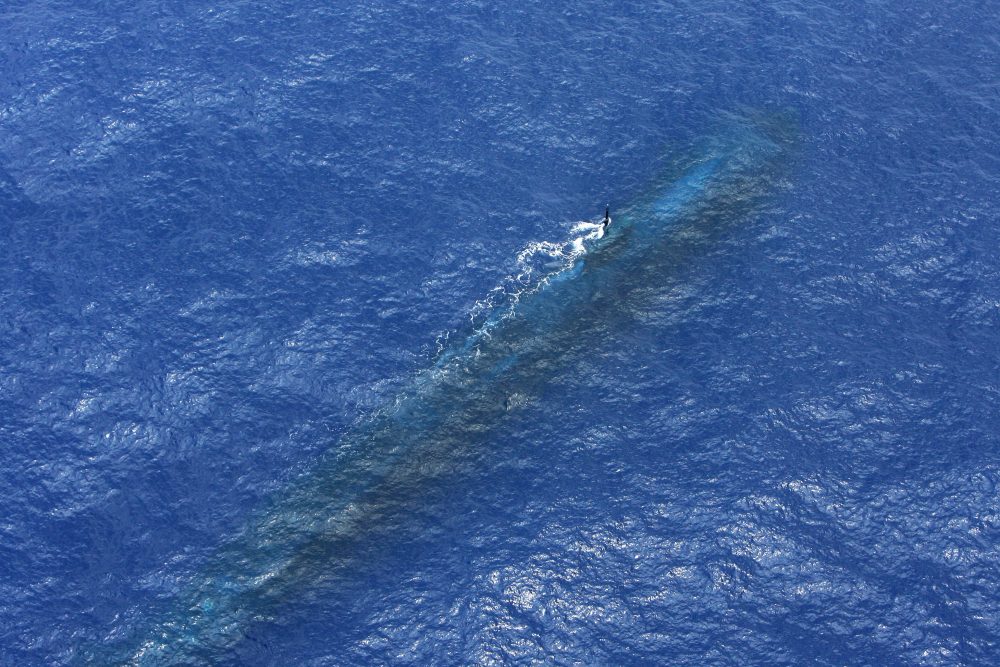Eye In The Sky said:Additionally; when deciding on what 'caps and lims' you're willing to accept, it's often prudent to look at your potential/likely adversaries in the near/middle/distant future...
Thanks a lot for the interesting links. Don't want to dissapoint you, but it's also good to look at what our allies do. Astute, Barracuda (Suffren) or Type 212 don't have VLS fitted, even though they have been launched in the last 20 years, meaning VLS were already fitted in Los Angeles class batch II. Surprisingly, Barracuda is supossed to have only four torpedo tubes (I'd rather ask for 6 at least!).
I agree VLS are nice-to-have, but there are other assets mentioned in your pdf that IMHO are rated fist in my wish-list, I mean, a kind of compromise between wishes and affordability :
- design to allow under-ice operation
- up-to-date combat system
- anechoic coating
- habitability (something that LA class had to sacrifice)
Of course, we may have different perceptions and surely yours is better based, mine is only an amateur's one.



